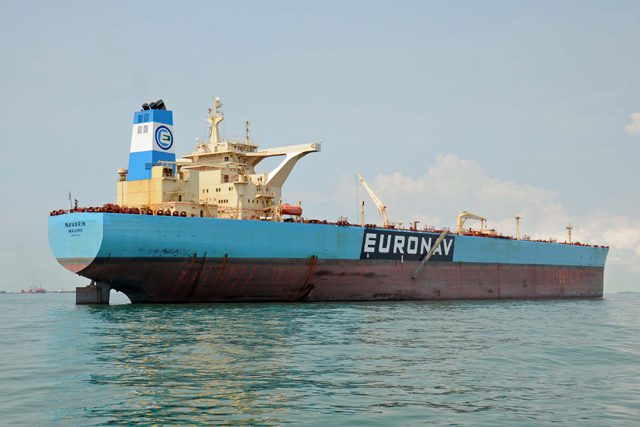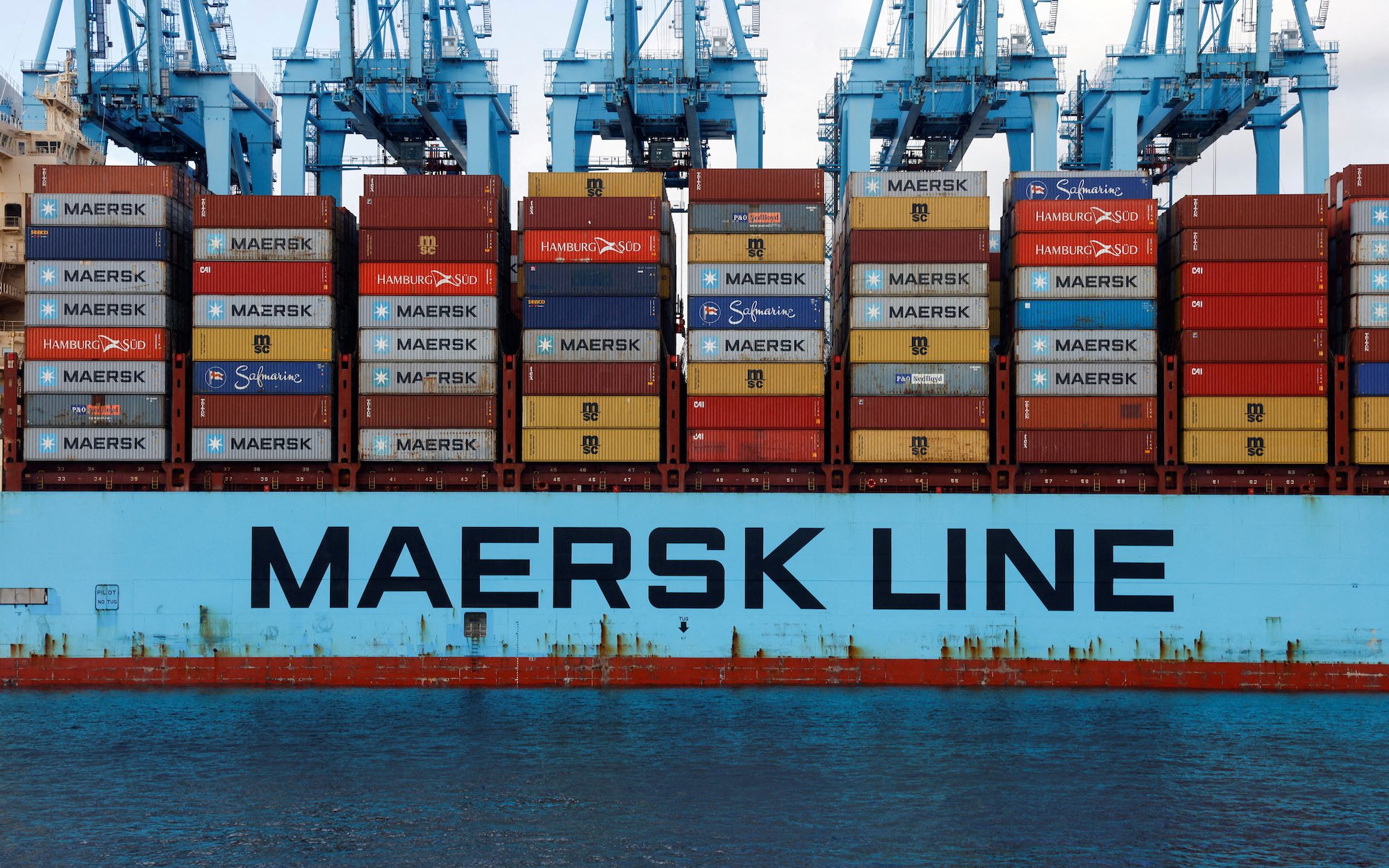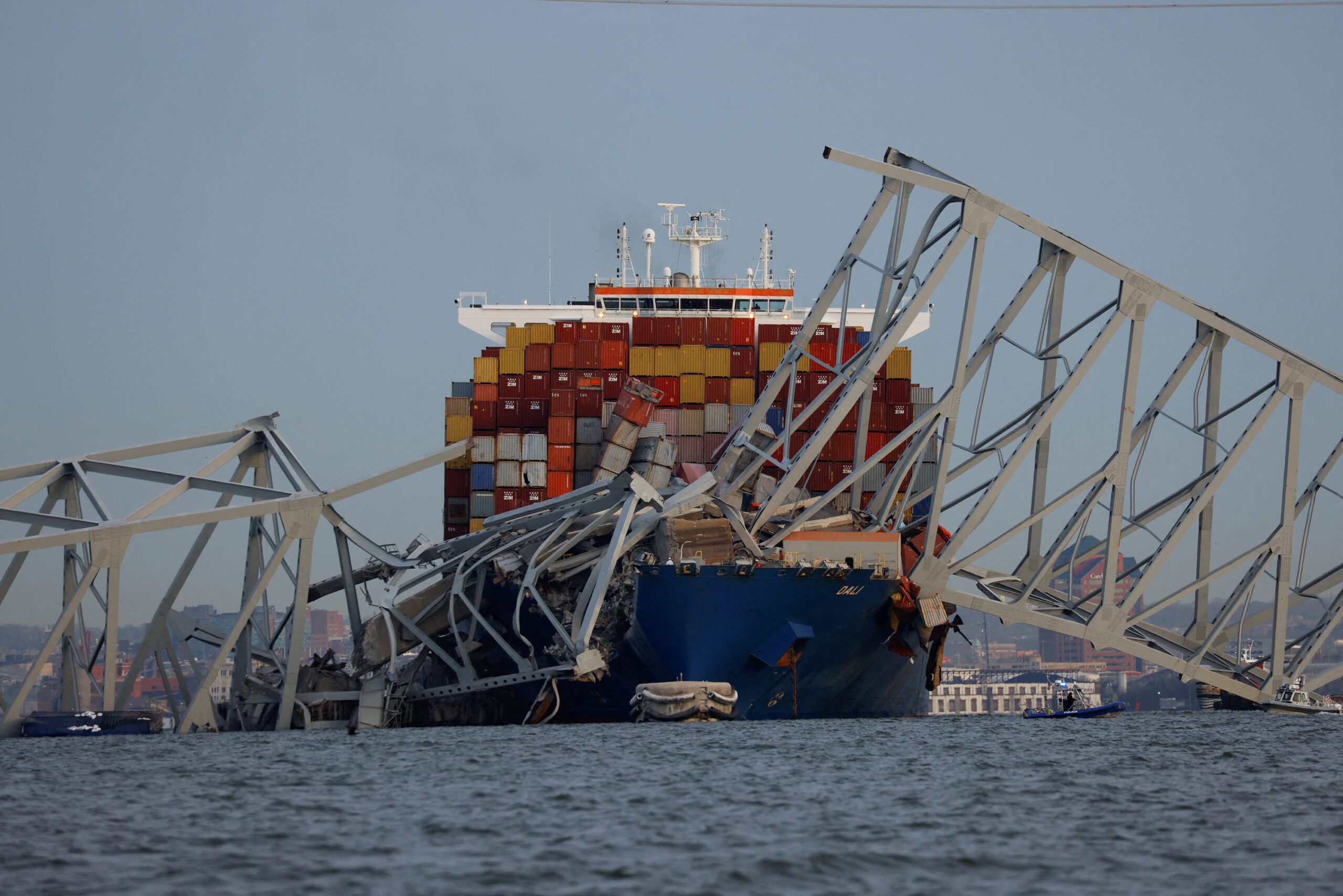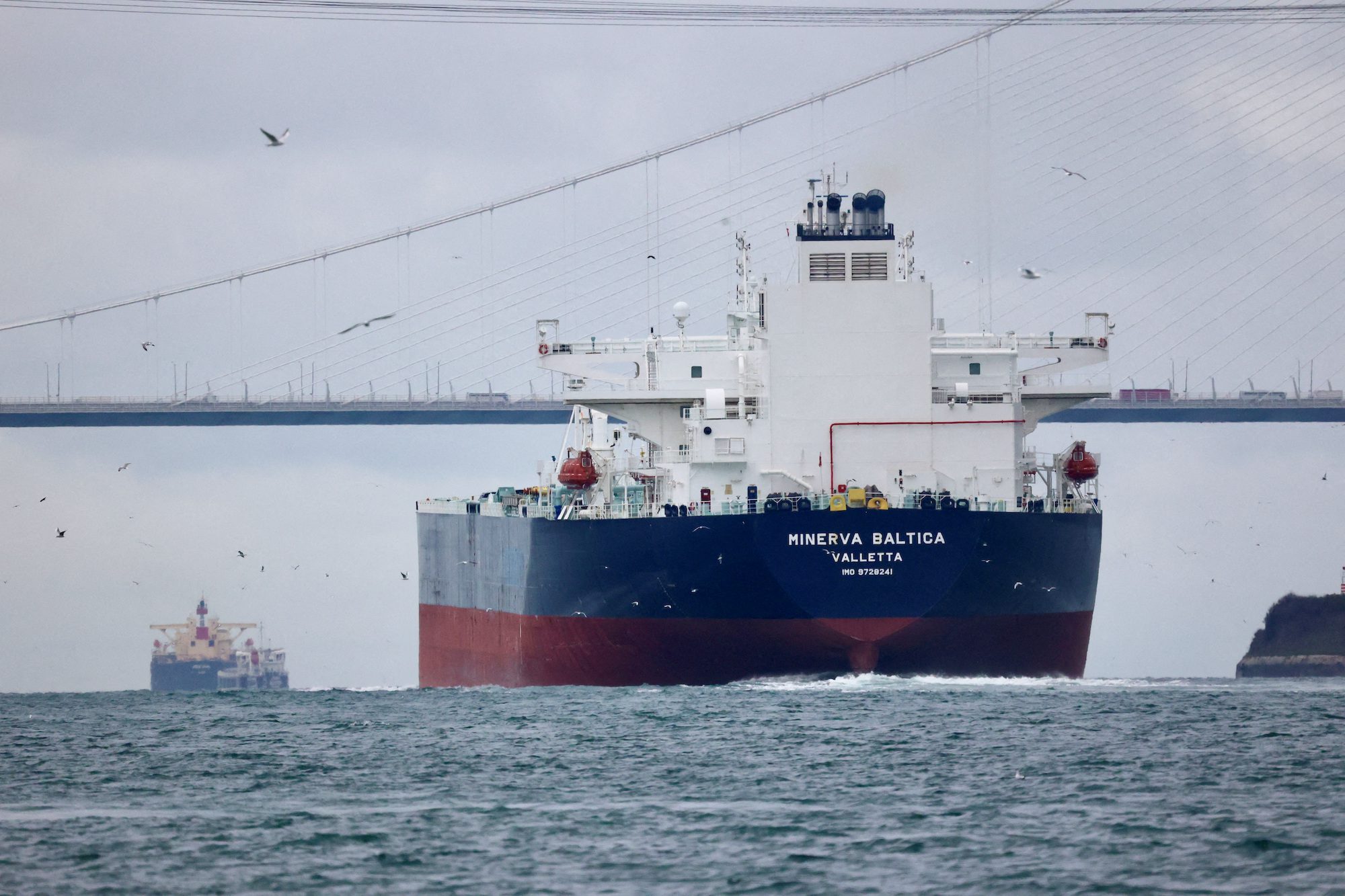Belgian tanker owner Euronav has continued its fleet expansion today with a USD $342 million order for four VLCCs.
The Japanese-built ships average 3-years of age and will all be delivered in the third and fourth quarters save one vessel which will be delivered in the second quarter of 2015.
With this latest order, Euronav’s fleet of very large crude oil tankers is on track this year to grow by 17. Since 1 July, another three VLCCs were delivered to Euronav as part of the 15-ship Maersk VLCC acquisition announced in January. The company currently owns 24 VLCCs including 1 via a joint venture, plus 27 Suezmaxes, of which 4 are via a joint venture.
Today’s acquisition will be partly financed with funds raised through the combination of a $100 million private placement of new shares offered to institutional investors plus another $200 million in bank financing.
Euronav notes increased ton-mile demand helped boost tanker rates in Q4 2013 and Q1 2014, however as refineries shut down for maintenance, the demand for crude – and thus large tankers, quickly subsided. The company notes that refineries have since returned to service providing a boost to tanker rates, yet the balance between supply and demand is still tight. Second quarter rates for Euronav’s VLCCs operating in the Tankers International pool averaged USD $19,150 per day while spot rates for the company’s Suezmaxes averaged $20,500.
Christian Waldegrave, Manager of Market Research at Teekay commented in a market report last month the rest of the year is looking much improved. “OPEC will have to pump more oil to supply world demand,” which will support Middle East volumes and subsequently VLCC and Suezmax rates. Besides the wildcard of possible large-scale US crude oil exports, the U.S. is also sending more crude oil to Canada via sea which supports Aframax and Suezmax owners.
In addition, Waldegrave points out that global tanker fleet growth is extremely low to just under 0.8 percent for 2014 which will be a positive factor for tanker fleet utilization as we head into 2015.
Unlock Exclusive Insights Today!
Join the gCaptain Club for curated content, insider opinions, and vibrant community discussions.

 Join The Club
Join The Club













